In the event of a traumatic medical emergency, millions of Americans—especially in rural areas, home for more than 14% of Americans –don’t have access to qualified general surgeons. When an accident does occur, they have to travel miles and hours to find the care they need, putting their health at risk. Often ambulances will pass right by a community hospital to get patients to a qualified trauma care facility. It’s a loss for patients, families, hospitals and the community.
Why is there such a shortage of surgeons in rural America? There are many reasons. The American College of Surgeons notes that more than half of surgeons practicing in rural areas are nearing retirement. In addition, substantial numbers of new general surgeons choose to specialize, and because of the small number of patients in rural areas, there is not enough demand to support these specialty practices. Surgeons often choose to work in or near urban areas, where there are a wealth of professional opportunities for them and amenities, schools and resources for their families. Medical students who might consider rural surgery attend university-based surgical residencies in urban environments. Without exposure to and mentorship from rural practitioners, they often choose to stay in urban facilities.
This situation creates many challenges for hospitals and communities. Frequently elective surgeries are scheduled out of the area, while community residents often choose to simply travel to other locales for health care. Even in emergencies, patients are often diverted 50 miles or more to other facilities.
Sutter Amador Hospital, like many others in rural areas, faced the challenges of 1) recruiting top-notch surgeons, 2) serving and retaining patients in it’s demographic and 3) achieving long-term clinical and efficiency outcomes.
While providing a range of much needed and high-quality health care services to its patients, the hospital sought to find a way to give its patients and community access to high quality, 24/7/365 acute care surgery services. To that end, hospital leaders began an intensive effort to address their need for qualified surgeons.
They had a strong and successful model to follow. In 2007, their affiliate hospital in the Sutter system, Sutter Medical Center, Sacramento (SMCS) launched a surgicalist program with Surgical Affiliates. A five-year study of the program published in the Journal of American College of Surgeons showed it had generated significant improvements, including:
- Length of stay for general surgery cases decreased by as much as 12% – from 6.5 days to 5.7 days.
- Complications were reduced 43% – from 21% to 12%.
- Readmissions decreased slightly. However, the key fact is that while the length of stay decreased significantly, the readmission rate did not increase.
- Hospital costs decreased 31%, from $12,009 to $8,306, indicating potential savings of $2 million or more in a single year for a facility of this type and size.
With this example of how the surgicalist program, also referred to as a surgical hospitalist program, had transformed hospital performance and addressed the surgeon shortage, Sutter Amador and Surgical Affiliates made a commitment to replicate this success with 24/7 surgical teams and a collaborative and programmatic approach that would consistently improve both patient outcomes and hospital efficiency metrics.
Three years into the program, Sutter Amador is already seeing significant outcome improvements and results.
- Inpatient, outpatient and total cases increased 250%
- Volumes of laparoscopic procedures doubled and tripled
- Average length of stay (ALOS) decreased
- Hospital Case Mix Index (CMI) increased .0853%
The increase in volumes and improved metrics generated a positive ROI for the program. Additional benefits include the ability to ensure 24/7/365 call coverage; a cap on skyrocketing payments to surgeons and locum tenens companies, thus ensuring greater predictability of expenses; and improvements in the overall responsiveness and timeliness of care. All that and patient satisfaction increased as well.
The success of Sutter Amador Hospital has achieved is an outstanding example of how to bring quality surgical care to rural areas. It proves that the surgicalist model works in a rural hospital environment by delivering acute care surgery based on evidence-based guidelines. The result of the model is improved quality of care, patient safety, and hospital performance.
If you’re interested in learning more, check out our case study “Off the Beaten Track: A Road Map for Expanding Surgical Care at Rural Hospitals”
i Rural Health Info: https://www.ruralhealthinfo.org/states/united-states
ii New England Journal of Medicine, “Physician Shortages in the Specialties Taking a Toll, March 2011 ( http://www.nejmcareercenter.org/article/physician-shortages-in-the-specialties-taking-a-toll/)
iii The Journal of American College of Surgeons, “Sustainability and Success of the Acute Care Surgery Model in the Nontrauma Setting,” July 2014, Volume 219, Issue 1, Pages 90–98

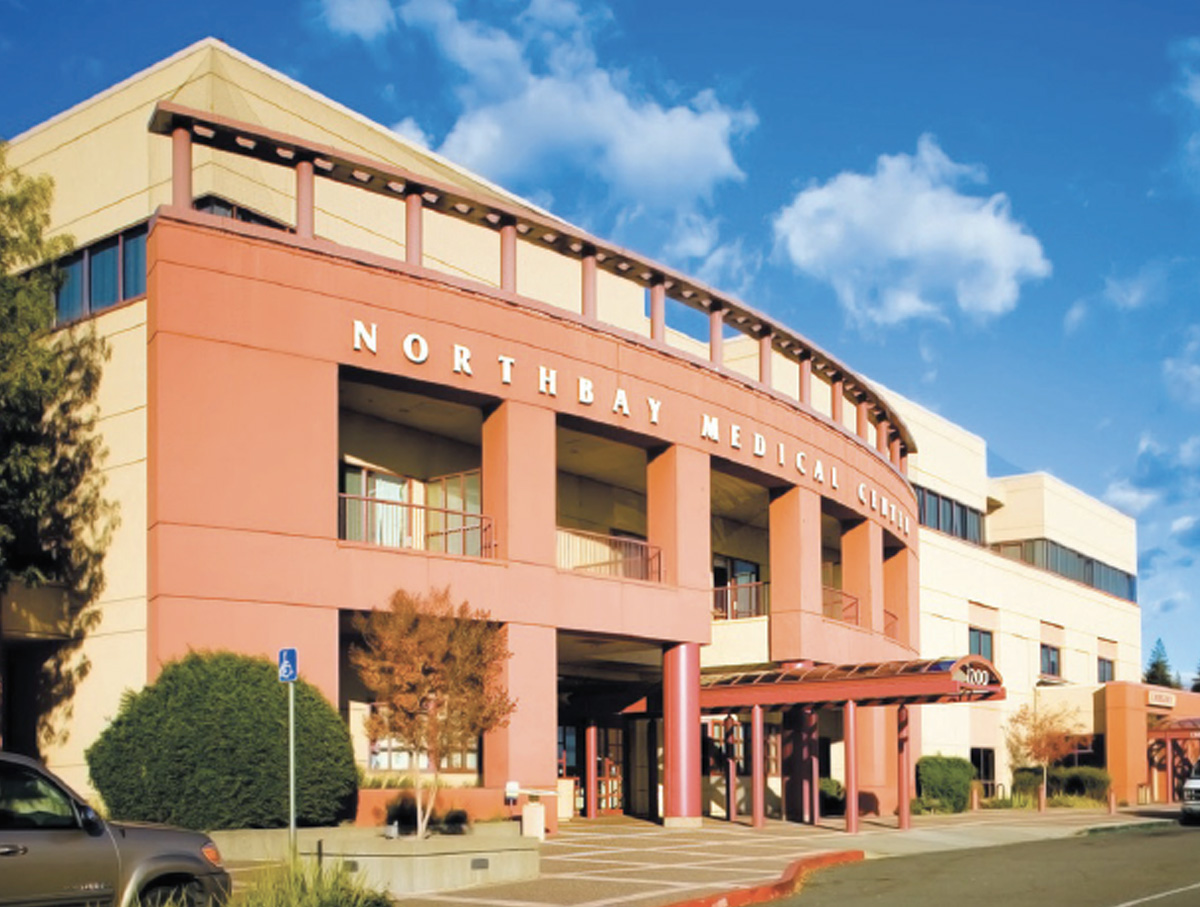
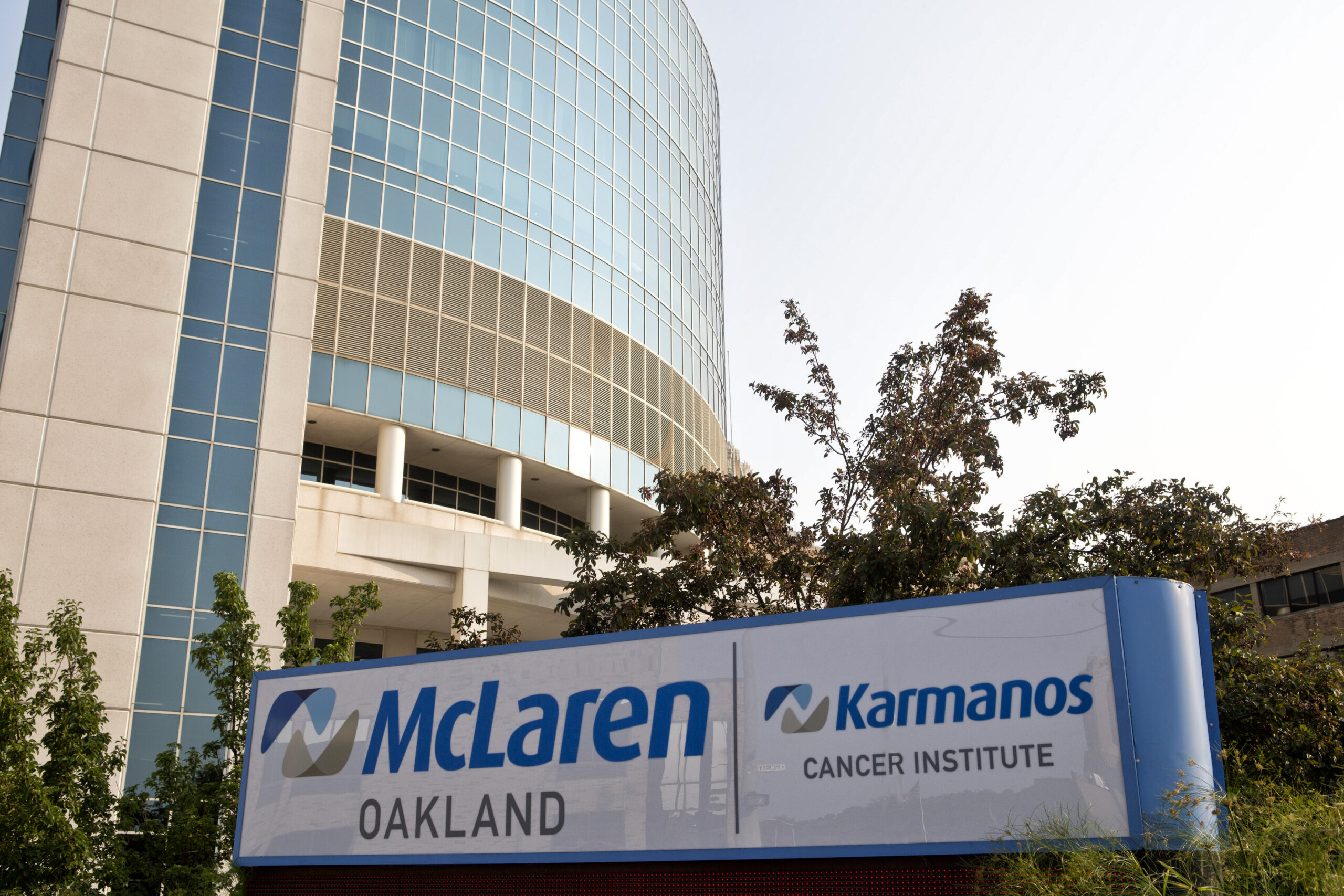
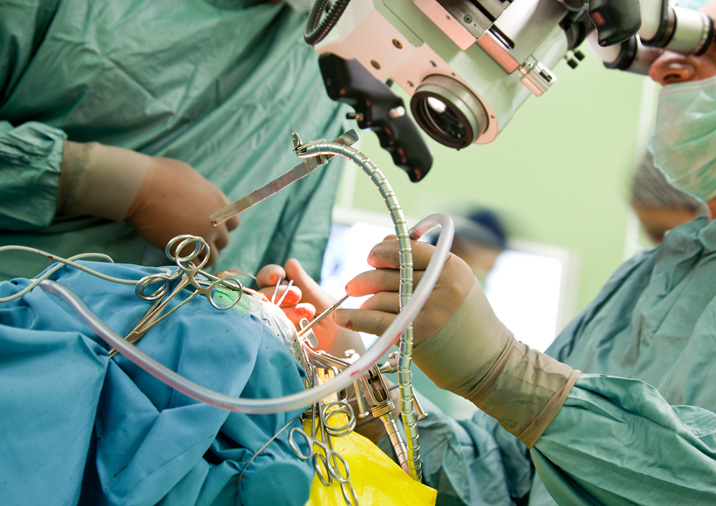
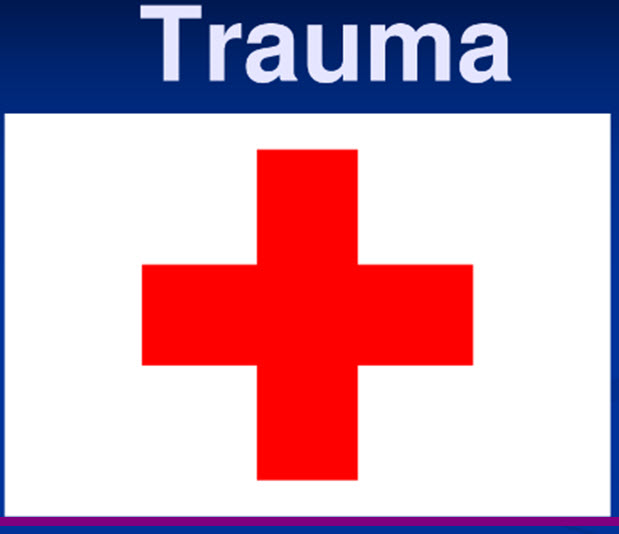
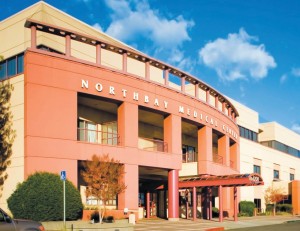


Latest posts